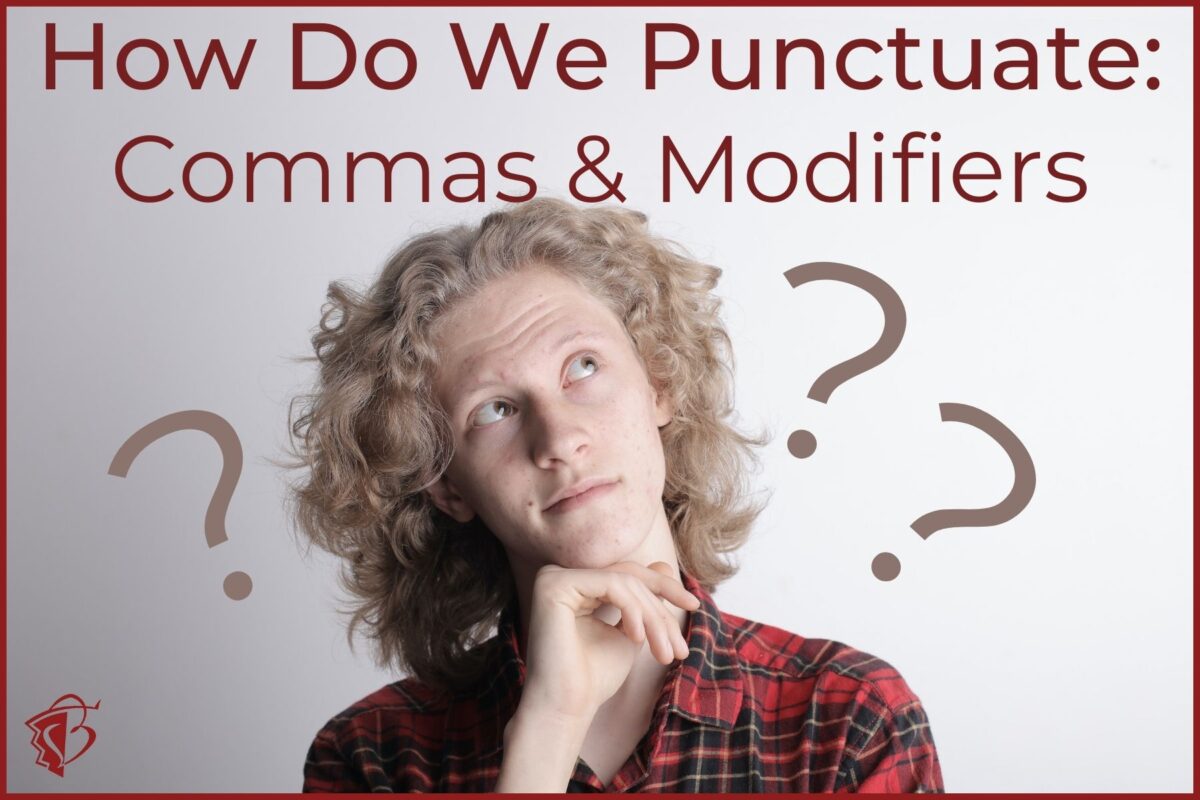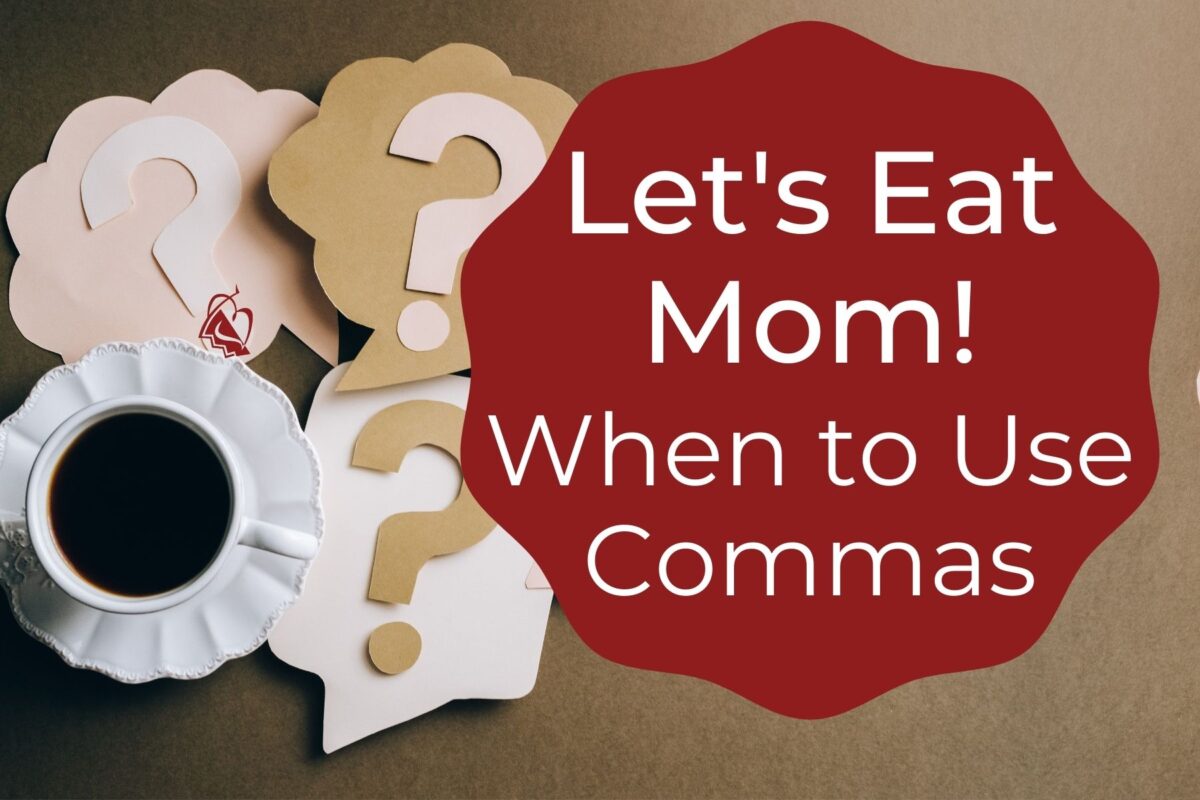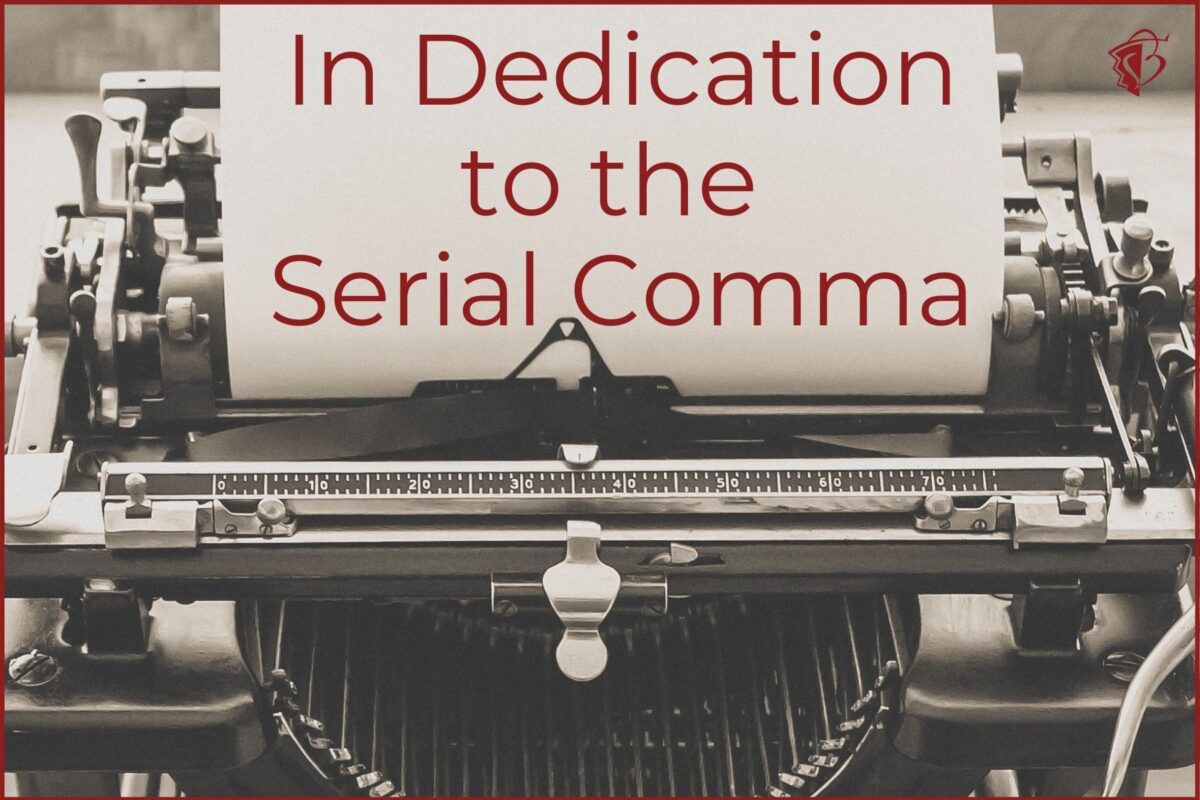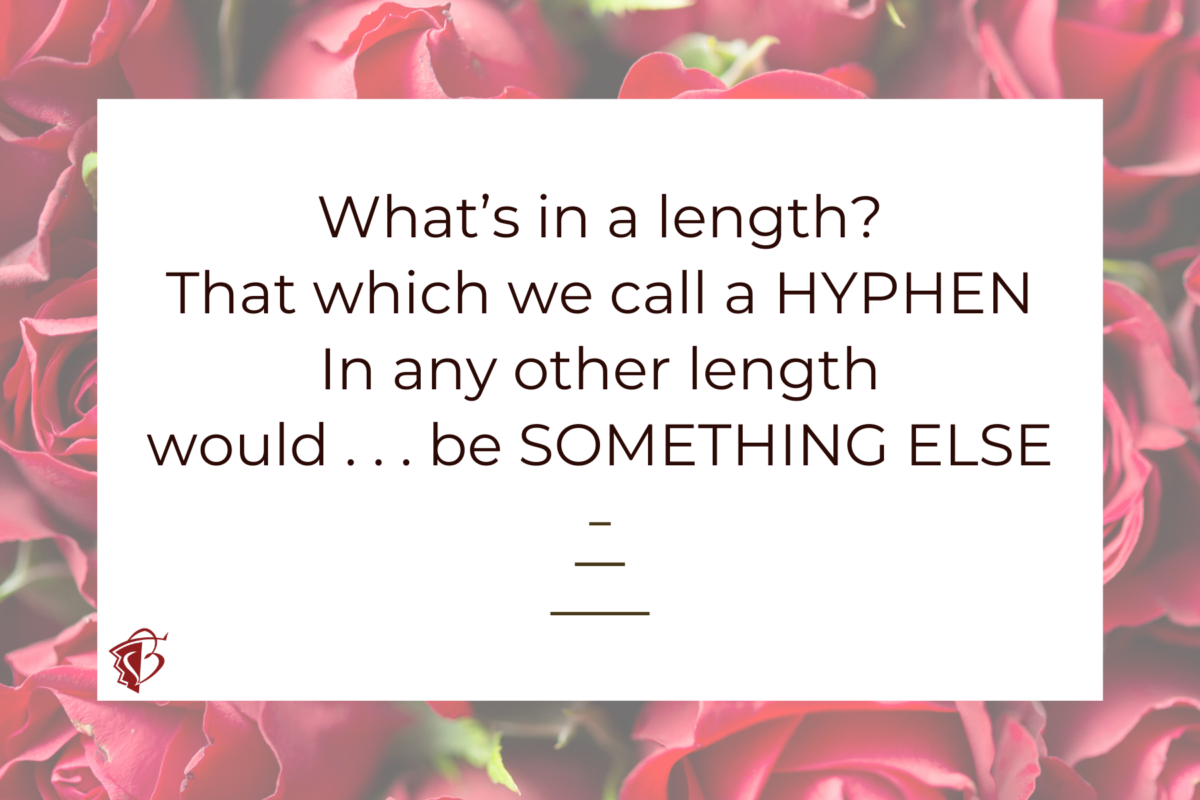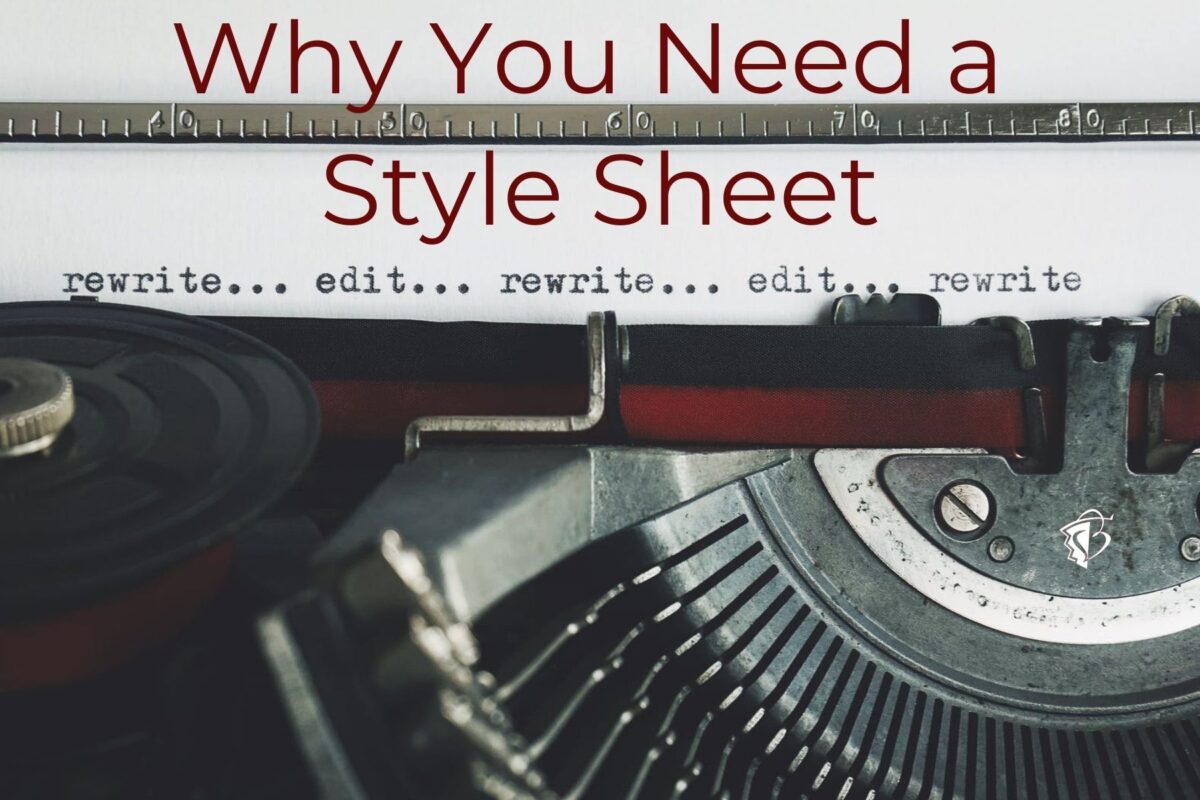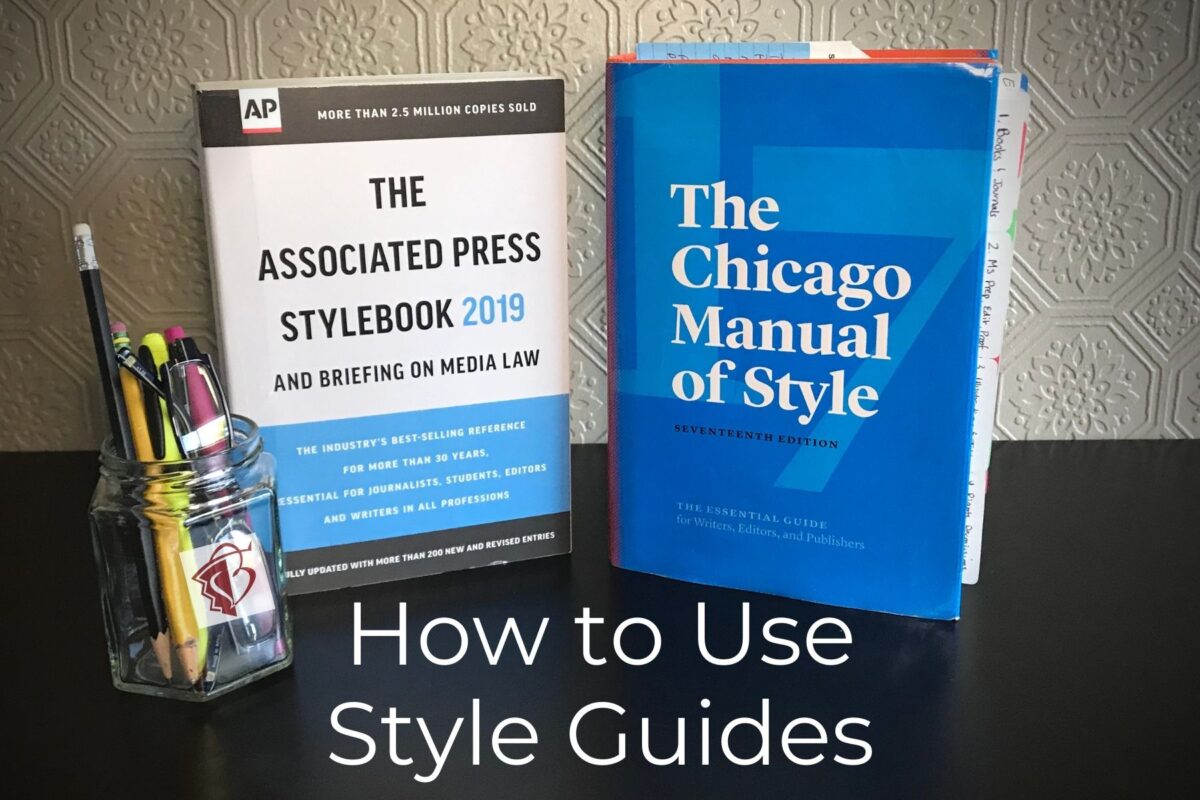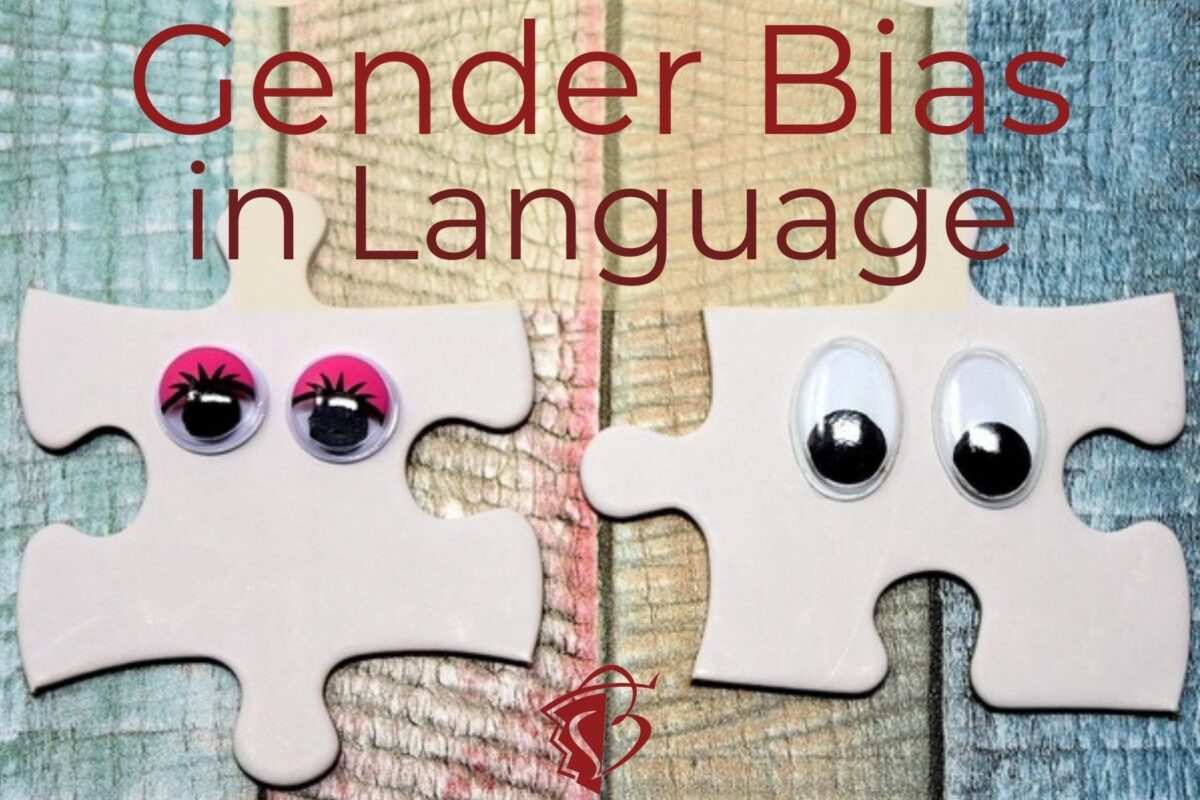Many writers and editors are puzzled about the use of commas between modifiers and need guidance on when and where commas should be placed. The answers to these questions depend on whether the modifiers equally and independently modify the noun that follows the modifiers. To better understand when to use a comma, check out the examples in this post.
Let’s Eat Mom
To comma or not to comma, that is the question. This seemingly insignificant punctuation mark causes more confusion in the lives of writers, editors, and all who work in publications or with web content than all other punctuation marks combined. This blog reviews some basic rules for the use of the comma, so you can brush up on your usage of the pesky comma.
Don’t Skip Critique!
If you want to publish a polished, well-crafted piece of writing, you’ll likely need feedback to help guide your revisions. Most authors, however, aren’t ready for a professional editor after the first draft. Instead, join a writer’s critique group! They’re free, they’ll make you a better writer, and they’ll help build your network. Here’s how.
To My Parents, John Lennon and Madonna
The editing question I get more often than any other is about the Oxford—or serial—comma, the comma that precedes the word “and” in a list. Here are my thoughts on that bit of punctuation.
Dashes and Hyphens: The Which, the How, and the Why
Em dashes, en dashes, and hyphens are physically distinct and have very different uses. This brief article provides a glimpse into those uses and distinctions, so you can begin employing the punctuation marks correctly today.
A Style Sheet: What It Is and Why Your Project Needs One
In an earlier blog post, Boulder Editor Jill Tappert discussed style guides (also known as style manuals). Style guides provide editing guidance for a particular field or subject area. You may already know what style guide your publisher wants you to follow. Alternatively, your editor can help you select the right style guide (and dictionary) […]
A Brief Guide to Style Guides
A piece of writing should be as precise, smooth, and clear as possible. To that end, it should follow the conventions of grammar, syntax, formatting, and style. (Yes, rules are sometimes broken to great effect, and there may be exceptions, but usually writing should follow these conventions.) What is style? Style covers myriad elements, such […]
How to Minimize Gender Bias in Your Writing
In the distant future, gender-associated words may no longer exist, but until then, wordsmiths should be keenly aware of common gender connotations and terminology that could be offensive.
How I Survive Being Edited
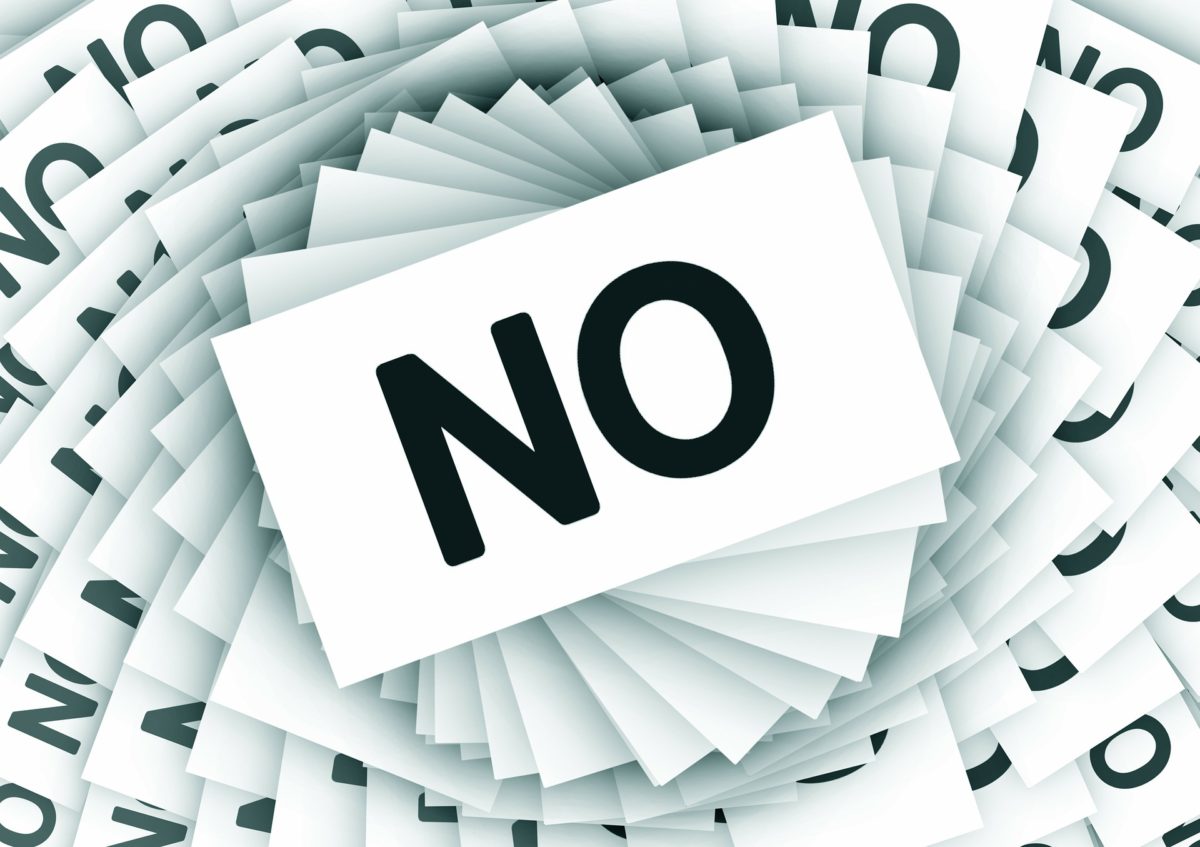
As a freelance editor, I spend a lot of time changing authors’ texts. That’s my job. It wasn’t until I experienced the editing process firsthand before publishing my book, Business Matters, that I truly realized what other authors may know: It’s hard on the ego to be edited. When I saw the edits, I didn’t […]
What Proofreaders Do (and Don’t Do)

Many authors confuse the job of the proofreader with that of the copyeditor. Both are vital for helping create a polished version of your writing, yet these word experts work at two completely different stages of the editing process. After the copyediting stage—when overall content plus grammar and style are addressed—comes the proofreading stage. Generally, […]
